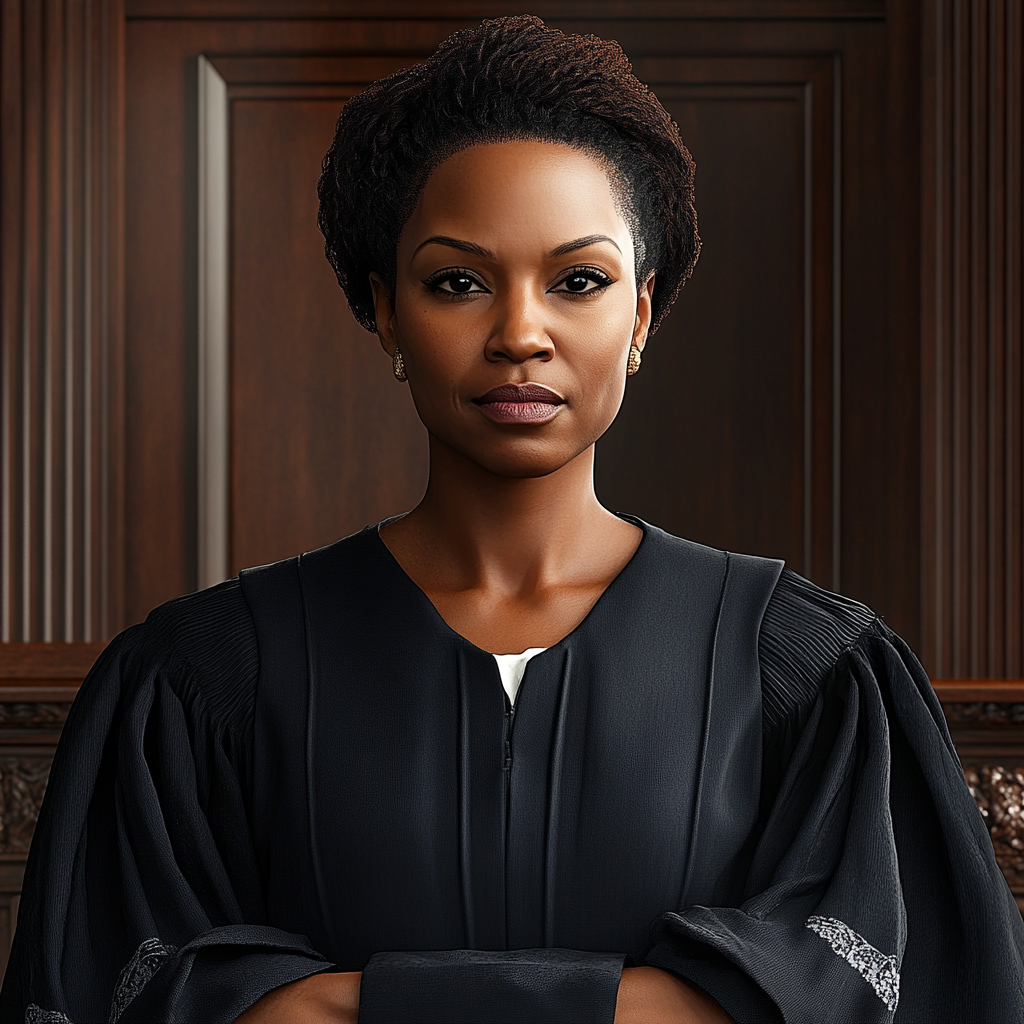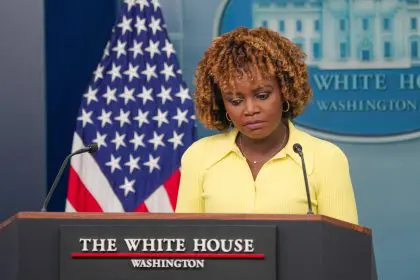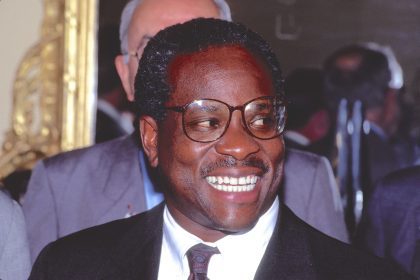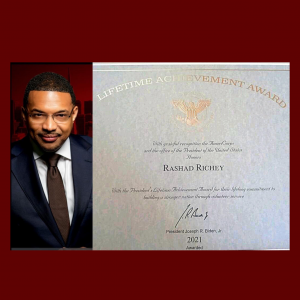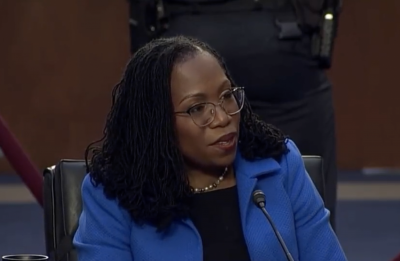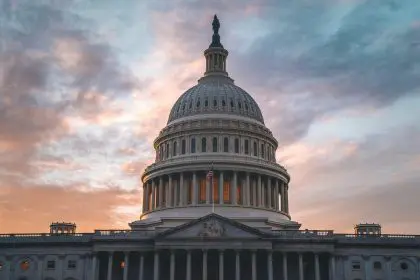President Joe Biden’s administration has fundamentally transformed the federal judiciary landscape, marking a revolutionary shift in who sits behind the bench in America’s courtrooms.
The changes are striking: 40 Black women now serve as federal judges under Biden’s tenure — a dramatic increase that has reshaped the justice system’s demographics. This surge in representation builds upon a legacy where previously only eight Black women had ever served at the appellate court level.
A new era of judicial leadership
The administration‘s commitment to diversifying the federal bench extends beyond statistics. These appointments bring decades of varied legal experience from civil rights advocacy to corporate law, enriching judicial perspective at every level of the system.
Justice Ketanji Brown Jackson‘s elevation to the Supreme Court stands as perhaps the most visible symbol of this transformation. As the first Black woman to serve on the nation’s highest court, her presence signals a decisive break from historical patterns of exclusion.
The wave of appointments includes several groundbreaking “firsts” across the federal judiciary. Tiffany Cunningham became the inaugural Black judge on the Federal Circuit Court of Appeals, while Dana Douglas broke barriers as the first Black woman to serve on the Fifth Circuit. Jerry Edwards Jr.’s appointment as the first Black judge for Louisiana’s Western District further demonstrates the administration’s commitment to representation across all regions.
Looking toward the future
These appointments carry particular weight given the current political climate. With President-elect Donald Trump positioning for another term, these lifetime appointments could prove crucial in maintaining judicial independence and protecting civil rights.
The pace of transformation faces hurdles, however. A congressional deadlock over creating new judgeships threatens to slow future progress. While the Senate has approved adding 66 new positions, House Republicans propose spreading these appointments across the next decade — a timeline the president opposes.
The impact of these appointments resonates beyond the immediate term. These judges — many in their 40s and 50s — will likely shape judicial precedent for decades to come. Their presence ensures that federal courts better reflect the communities they serve while bringing fresh perspectives to constitutional interpretation and civil rights protection.
As the administration moves into its final months, these appointments stand as a testament to what intentional change can accomplish. More than just diversity for diversity’s sake, these appointments represent a fundamental shift in who holds power in America’s justice system — and whose voices help shape its future.

